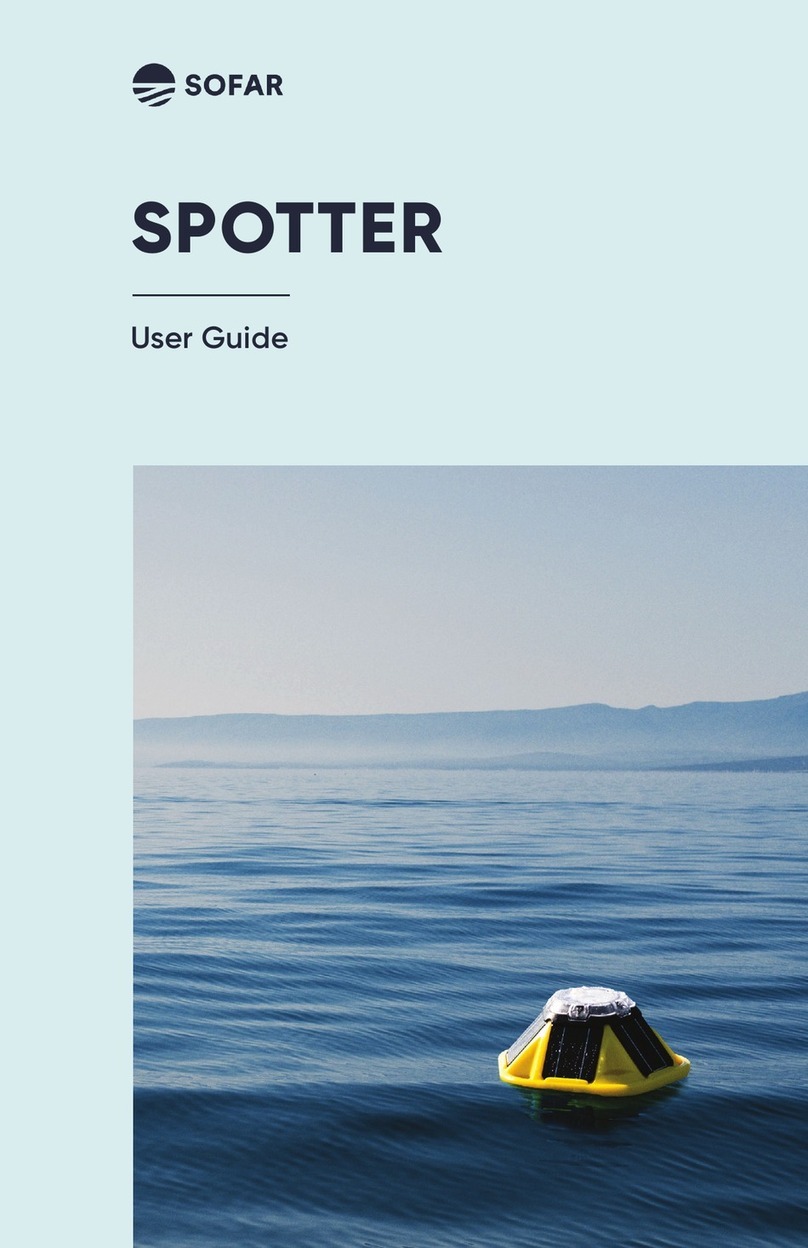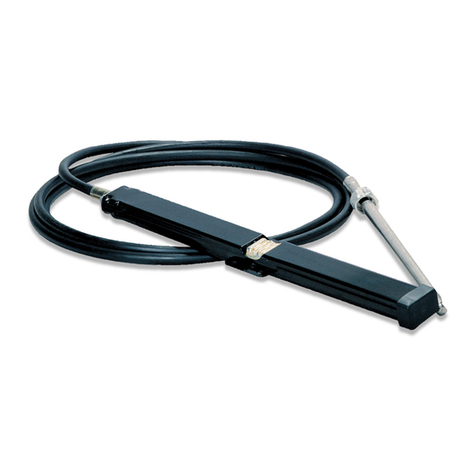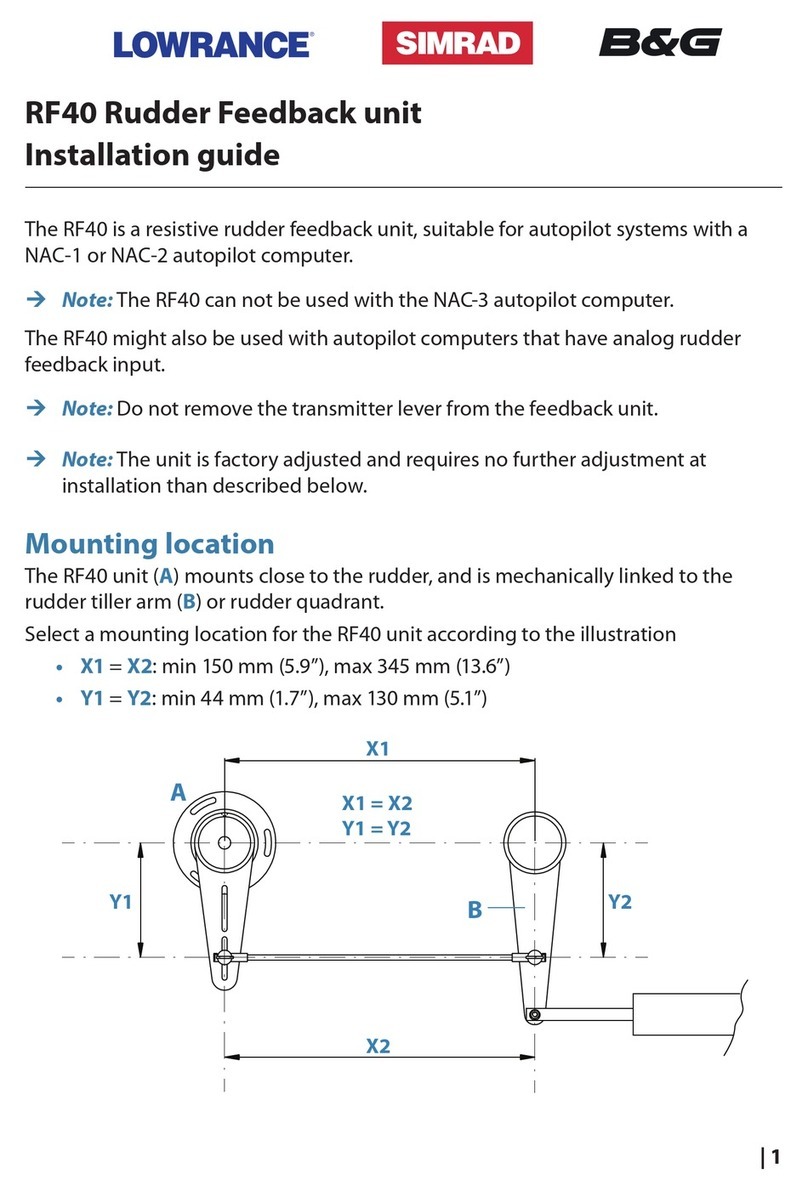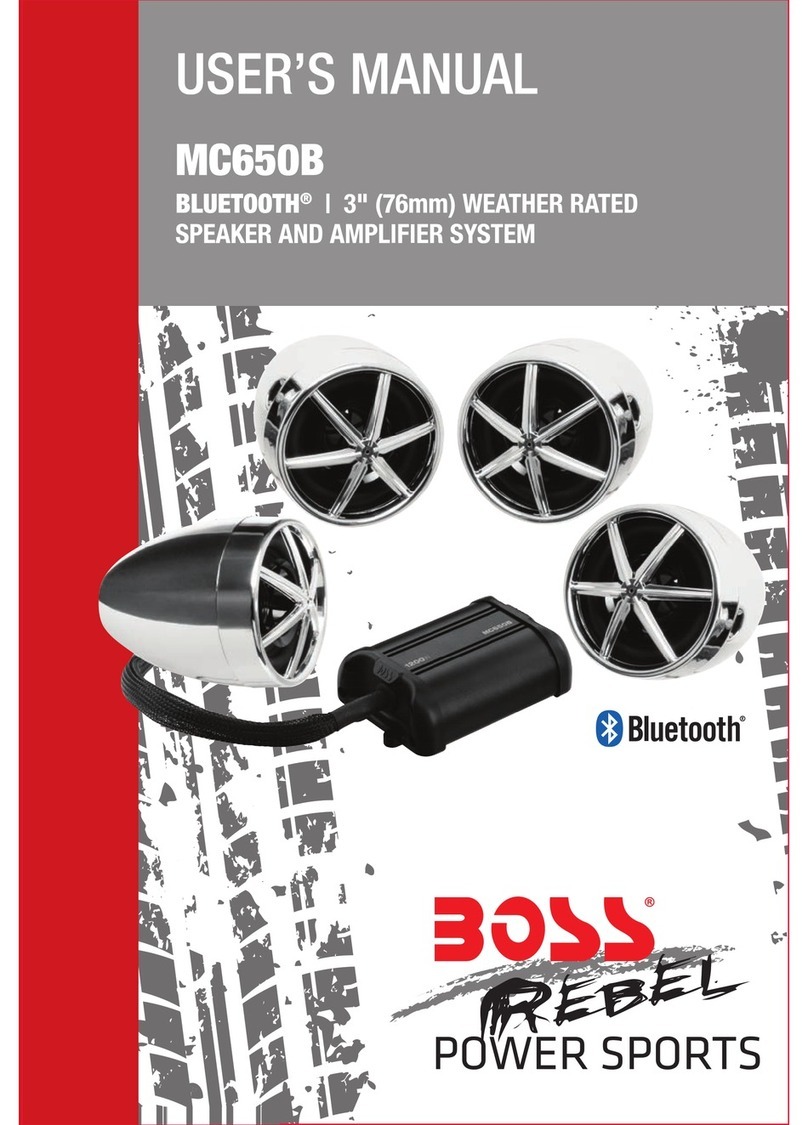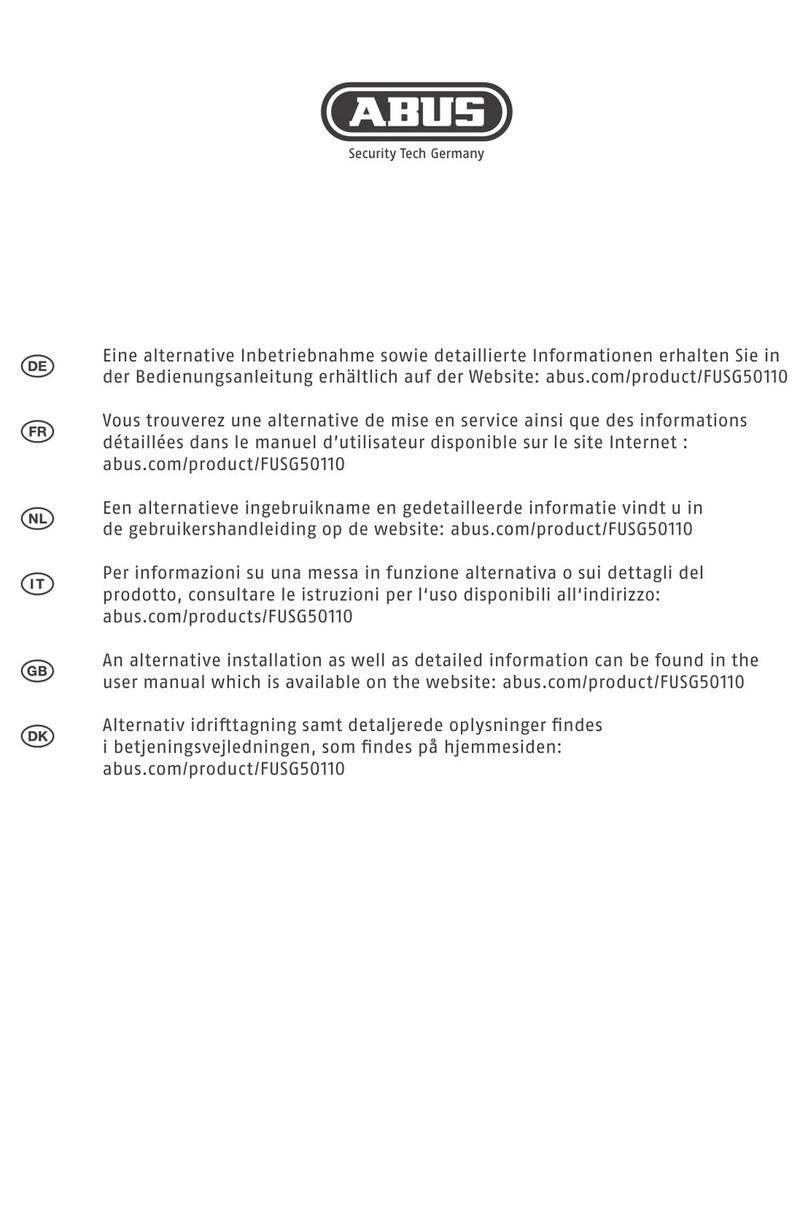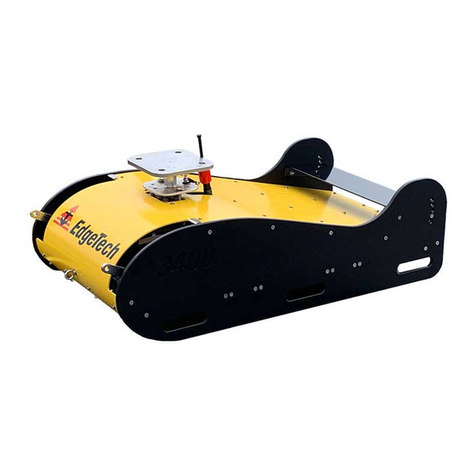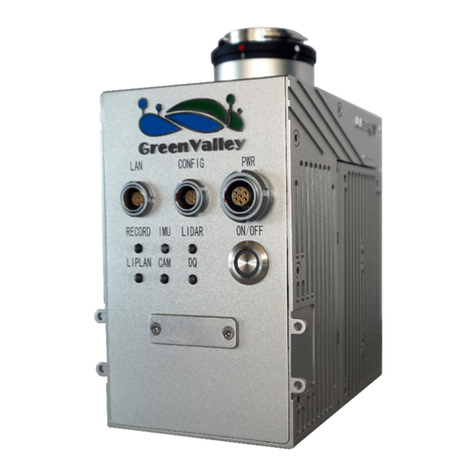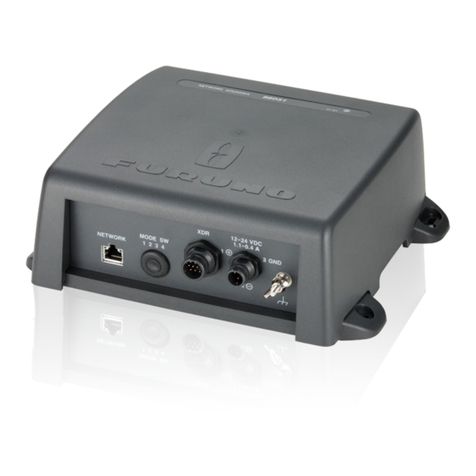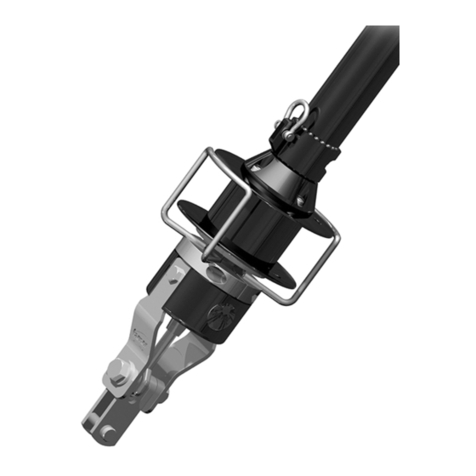Sofar SPOTTER User manual

SPOTTER
User Guide

SPOTTER

SPOTTER
User Guide

SPOTTERSPOTTER
4
N
S
W E

/06
/07
/08
/09
/20
/22
/25
/10
What’s Included
Sofar Spotter
Features
User Interface
Measurements
Product Specifications
Safety & Compliance
Getting Started

6
SPOTTER
What is included in this box?
01 Spotter device
02
5mm hex key to open and close the lid of the
Spotter
Lanyard and magnet to switch from IDLE to RUN
mode
USB-C power charger to charge the battery prior
to deployment
SD card for data storage during deployment
(shipped with unit)
Marine safe desiccant to reduce moisture
inside the Spotter
Spotter toolkit, including:
Bow shackle

User Guide
7
Spotter is an integrated solution for collecting ocean wave data. The Spotter
platform consists of a globally-connected Spotter Device (“Spotter”), the online
Spotter Dashboard, and the Spotter Data API.
The Dashboard provides access to real-time Spotter wave and tracking data,
system status and alerts, data visualization, and allows you to congure your
Spotter remotely.
Sofar Spotter
CORE SYSTEM FEATURES
2-Way Communication Remotely change settings on Spotter through the
online Dashboard
Alerts + Notifications Set watch perimeter and receive alerts when
Spotter moves outside
Spotter API Access Spotter via our API for seamless
application integration
Track Mode Fast positional updates for tracking Spotter
through the Dashboard.

8
SPOTTER
MARINE GRADE MATERIALS
The Spotter device is a compact and lightweight instrument consisting of a
waterproof hull, solar panel array, and electronics package.
The Spotter is completely solar-powered so you don’t have to replace or recharge
the battery during deployment. The solar-battery power system is designed to
support Spotter even through higher latitudes and limited light conditions.
Core Features
VISIBILITY LIGHT
Flashes amber for nighttime
visibility
TRANSPARENT LID
Removable, for access to
product interface
CAPTIVE LID SCREWS
5mm hex - will not get lost
when lid is removed
HARDWARE INTERFACE
Integrated bottom
attachment point
SURFACE
Holds magnet to activate
magnetic mode switch
without removing the lid
For mooring applications see p. 16

User Guide
9
User Interface
SPOT-3333
GO LED
Displays operating
state of device (e.g.
GPS connectivity, solar
and battery charge)
USB-C
Charger and data
transfer
ON/OFF
switch
SD CARD
Cover protects SD
card from unlocking
during use
SPOTTER ID #
MAGNET
Hold here for 3 secs
to switch between
modes
QR CODE
Scan for quick access
to Spotter Dashboard
SYSTEM LED
Communicates the status
of system hardware
VISIBILITY LIGHT

10
SPOTTER
Getting Started
STEP 01 Set up your account and Spotter
STEP 02 Set up Spotter device
STEP 03 Deploy Spotter in the water
STEP 04 Check your Spotter Dashboard
STEP 05 Retrieve and store Spotter
p. 11
p. 12
p. 16
p. 17
p. 18

User Guide
11
Set up your account and Spotter
Set up user account
Visit https://spotter.sofarocean.com/ to set up your user account. Enter
personal details and click ‘Register’. This will take you to the overview page.
Register your Spotter
To register your Spotter, click and then “Register Spotter.”
Enter the Spotter ID number and your Activation code, which you should have
received by email from the Sofar team. If you have not received this, or do not
have this available anymore, please contact Sofar at:
The Spotter ID number is also listed on the device, and looks like
SPOT-######. After entering this information, click ‘Register.’
You will now see your Spotter listed on the overview page. The map will
be updated as soon as the rst data message is received, which typically
takes 1-1.5 hrs from device power on. Please note that message and data
transmission require a clear view of the sky with minimal obstruction.
STEP 01
11
Spotter requires a clear view of the sky with minimal obstruction.

12
SPOTTER
Ready to go
The Spotter device is completely self-powered and can be operated right out
of the box.
Check the SD card
Make sure the system is turned off (on/off switch is OFF) and then check to
ensure that the SD card is properly seated.
Turn Spotter on
Switch the on/off switch to the ‘on’ position to turn Spotter on. During boot-
up the two user LEDs will be orange, and after startup will switch to green.
The Spotter device has two possible operating modes: IDLE mode and RUN
mode. You can switch between modes using the provided magnet by holding
it at the designated area for 3 seconds. The Spotter device will always boot
into the last mode it was in before it was switched off.
Set up Spotter device
STEP 02
MAGNET
Hold here for 3 seconds to
switch between modes.

User Guide
13
IDLE RUN
In IDLE mode, the two LEDs alternate
ashing green and the visibility light will
be OFF.
In RUN mode, the two LEDs are solid
green and the amber visibility light
ashes periodically.
IDLE mode saves power and suspends
data acquisition and transmission.
That way you can switch to RUN mode
without having to open the lid.
Use IDLE mode for short-term inactivity,
in preparation for deployment (e.g.
transport to deployment site).
RUN mode is for full system
functionality including: data acquisition,
processing, data transmission and on
board logging to SD card.
Use RUN mode during deployment.
Note: Spotter DOES NOT collect data when in IDLE mode.
Important
• Spotter needs to be switched into RUN mode for deployment.
• If Spotter is in IDLE mode, you can switch to RUN mode by holding a
magnet onto the recessed area directly on top of the electronics box
until the lights turn off. Or, if the transparent lid is screwed on, hold the
magnet onto the recessed round area in the lid for 3 seconds.
• The ashing pattern of the 2 user LEDs and the visibility light will reveal
which mode Spotter is in. (See next page.)
• In IDLE mode, the SYSTEM and GO LEDs will shut off after 3 minutes to
save power.
When switched to RUN mode, the two user LEDs (SYSTEM and GO)
communicate system status and signal when the Spotter is ready to deploy.
SYSTEM LED
Communicates the status of system hardware.
GO LED
Communicates the operating state of device.
This includes GPS connectivity, solar and battery charge.

14
SPOTTER
Explanation of user LEDs
CHARGING mode
In case DC charger is connected and the Spotter is turned OFF, the following
charging light sequence can be monitored to track the charging status of the
device. Please note that charging the Spotter can take as long as 8 hours.
Both solid green. System is fully charged.
Blinking green. System is charging. Blinks in sync with
GO LED.
Both solid red. Battery error. Indicates battery is not
connected.
Both blinking red. Charging error. Indicates device is
connected to DC power but not charging properly.
IDLE mode
Both solid orange. System is booting up and running
self-check.
SYSTEM GO
Blinking green. The system is in IDLE mode. Flashes in
alternating pattern between LEDs for 3 minutes and then
turns off.
At Startup
After Startup

User Guide
15
RUN mode
Both solid orange. System is booting up and running
self-check.
SYSTEM GO At Startup
Both solid green. All systems are checked and OK.
Ready to deploy. Both LEDs will time out after 60
minutes to save power.
Solid red SYSTEM LED. Check if SD card is present. If
not, turn off system, place SD card, and switch back on.
If the red light persists, there may be a serious system
error. Do not deploy until this is resolved. In case
that the SYSTEM LED is solid RED, and this cannot be
resolved by inserting a freshly formatted and emptied
SD card, please contact the Sofar team.
Solid red GO LED. Limited GPS connectivity. System
may be indoors or no clear view of the sky. If outside,
please wait a few minutes while the system establishes
a connection with the GPS satellite. If the system has
a clear view of the sky and the GO LED remains red for
longer than 30 minutes, something may be wrong. In
this case, please contact the Sofar team.
Both solid red. Do not deploy. Follow instructions for
red SYSTEM or GO LED as mentioned above.
Blinking green GO LED. System is not solar charging.
If this is a night deployment (or the panels are covered),
then this is normal and you can deploy. If this is a day
deployment, something is wrong with the charging
system and you should not deploy.
After Startup

16
SPOTTER
Activate Spotter in RUN mode
Switch Spotter ON and ensure device is in RUN mode. Ensure both SYSTEM
and GO LEDs are green after ~10 minutes with clear view of the sky.
Please note that both LEDs timeout after 60 minutes to save power. After 60
minutes you can see that the system is in RUN mode from the ashing of the
visibility LED.
Carefully secure lid
Secure the lid using a 5 mm hex key and hand-tighten the 5 captive screws
using a star pattern. The captive screws will bottom out to avoid over-
tightening them.
Note on mooring design: Sofar Spotter can be deployed either as a free-
oating drifter or in a moored conguration. For free-oating deployments,
the Spotter device comes with everything required to deploy. For moored
applications, you will need to design a mooring to anchor the Spotter to the
seaoor. Sofar provides some general guidelines based on our experiences.
Sofar does not sell moorings, but since we do build moorings for our own
Spotters, we share what we have learned from our own testing and from other
users. Visit www.sofarocean.com to read our mooring guidelines.
Deploy Spotter in the water
STEP 03

User Guide
17
Log in to your account
Visit https://spotter.sofarocean.com/ to log in to your user account. Once you
are logged in you are on the overview page. If your Spotter has been deployed,
it will show as a pulsing dot on the map. In that case, Spotter is set up properly
and you can access your data.
Currently the dashboard allows you to:
• View realtime surface wave data from your Spotter.
• Search and download historical data for a custom date range.
• Track your Spotter on the map so you can plot and estimate surface
currents or anticipate a retrieval strategy.
• Set a geofence so you are notied when the Spotter detaches from its
mooring or otherwise moves outside the set boundaries.
• Remotely switch the Spotter into WAVES or TRACK mode. See the
‘Spotter Measurements’ section on page 20 to determine which mode
you need for your application.
• Access our API to integrate ocean data into your own applications.
• Review health status of your Spotter (battery, system status) and get
notied when something is off.
• Check and renew your data subscription.
• Change your personal prole.
Besides the features described above, we are constantly developing new
functionality for Spotter, so keep an eye on the Spotter dashboard for the
latest news and updates.
Note: Instructions for the dashboard were included in the email that you
received with your activation code. Please see the Spotter Dashboard Guide
for how to access the features described above.
Check your Spotter Dashboard
STEP 04

18
SPOTTER
Retrieve the Spotter
After retrieval, disconnect the mooring and rinse off Spotter and mooring with
fresh water before storage. If any fouling has built up on the Spotter, this can
generally be removed with a soft brush and soapy water.
Turn the device o for storage
After rinsing, dry the area around the lid, and unscrew the lid using the 5mm
hex key. Remove the lid carefully to prevent water from dropping onto the
electronics box. After the lid is removed, turn the device off using the on/off
switch. At this point you can also remove the SD card and download the data
stored on the card to your personal computer.
If you plan to store Spotter for a longer period of time, please see the notes on
“Lithium-ion battery use and storage” below.
If you plan to deploy after a prolonged storage, we recommend that you use
the included wall charger to fully charge the Spotter before deployment. This
ensures that the system can start up and operate without delay. Before re-
deployment, we also recommend that you replace the desiccant inside the
Ebox, and use a freshly formatted SD card.
Lithium-ion battery use and storage
Spotter units are equipped with a lithium-ion battery pack, which is located
inside the electronics box. It is important to handle the Spotter device with
care to prevent any possible damage to the electronics and battery pack. For
prolonged storage (longer than a week), the Spotter device should ideally be
stored in a cool (< 25C) and dry area with the battery at a medium charge.
Retrieve and store Spotter
STEP 05

User Guide
19
Lithium-ion battery packs stored at or near full charge for extended periods
of time can experience a reduction in battery capacity. Therefore, if planning
to store for longer than 1 week we advise that the battery is not fully charged.
One way to ensure proper state of battery charge is to run the system for two
days without solar power (in a box or dark room) before turning it off and
putting it in storage.
Avoiding submersion of Spotter
Prolonged submersion can interfere with solar charging, GPS signal, barome-
ter, and other core subsystems of your Spotter. Submersion is to be avoided.
Possible causes of prolonged submersion include excessive accumulation of
biofouling, or too much drag from mooring. Please see the support section of
our website for the latest guidelines on mooring and maintaining your Spotter:
www.sofarocean.com/support

20
SPOTTER
Currently Spotter has two primary run modes available: Waves mode and
Track mode. These two run modes can be accessed remotely through the
online Dashboard. Waves:Standard is the default mode and will likely be the
mode that is used most of the time. Waves mode can be further customized
by choosing Waves:Spectrum or Waves:Partition based on your needs. In
Track mode, the system will provide faster position updates (e.g. for retrieval),
but no wave data.
Waves:Standard mode
Recommended for standard marine monitoring applications. In the standard
Waves mode, Spotter collects wave displacement data continuously at 2.5Hz.
Every half hour, the system computes the complete cross-spectral matrix and
estimates bulk statistics and Spotter geographical location. To save trans-
mission bandwidth, two time-stamped 30-minute updates of bulk statistics
are transmitted every hour. So although the data resolution is 30 minutes, the
satellite updates are hourly.
The Standard Waves message payload consists of:
• Time (epoch)
• Position (latitude and longitude)
• Signicant Wave Height - estimated from zeroth-order moment of wave
spectrum (Hm0)
• Peak Period - period associated with peak of the wave spectrum (Tp)
• Peak Direction - mean direction at peak of spectrum
• Peak Directional Spread - directional spreading at peak of spectrum
• Mean Period - variance-weighted mean period (Tm01)
• Mean Direction - variance-weighted mean direction
• Mean Directional spread - variance-weighted mean directional spread
All bulk statistics are computed over frequency range 0.03 – 0.8Hz.
For denitions of various bulk wave statistics see e.g. Holthuijsen (2007).
Spotter Measurements
Other manuals for SPOTTER
1
Table of contents
Other Sofar Marine Equipment manuals
Popular Marine Equipment manuals by other brands
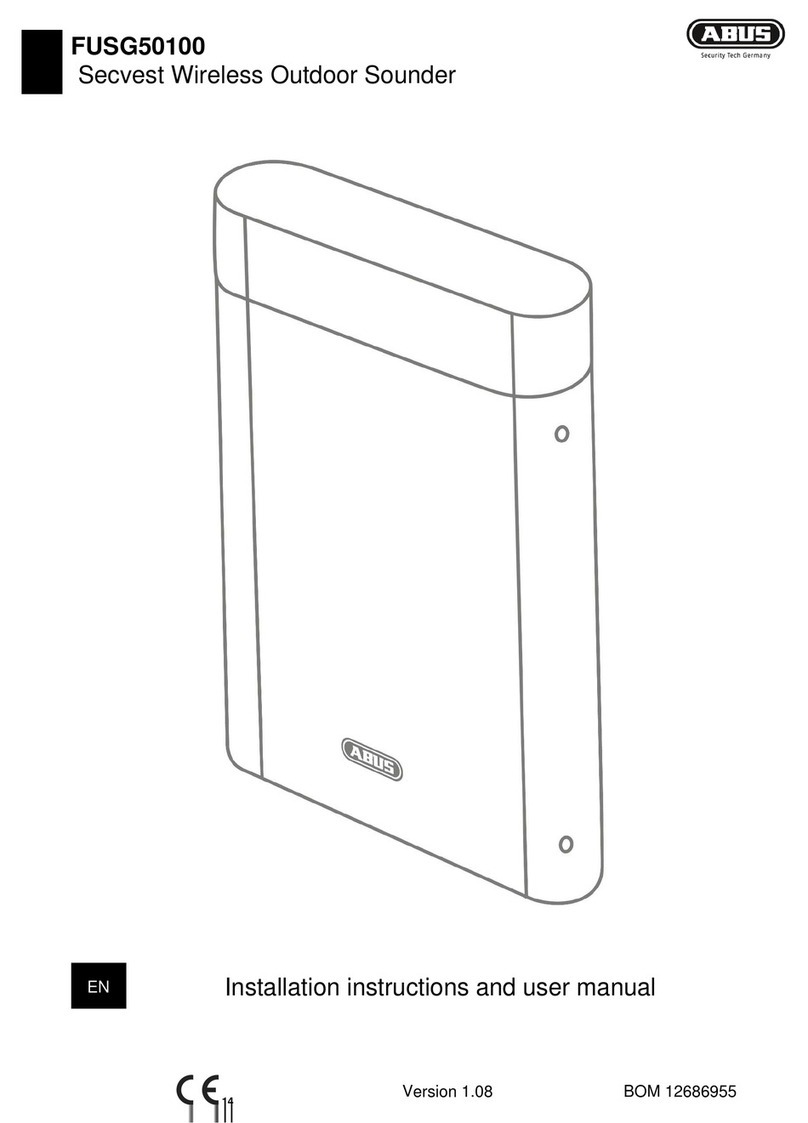
Abus
Abus FUSG50100 Installation instructions and user manual
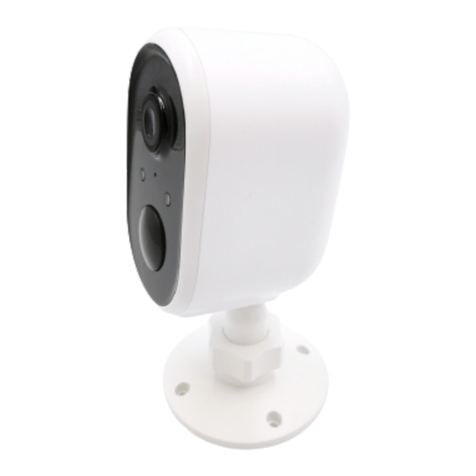
Yacht Sentinel
Yacht Sentinel Sentinel Cam 2 user manual
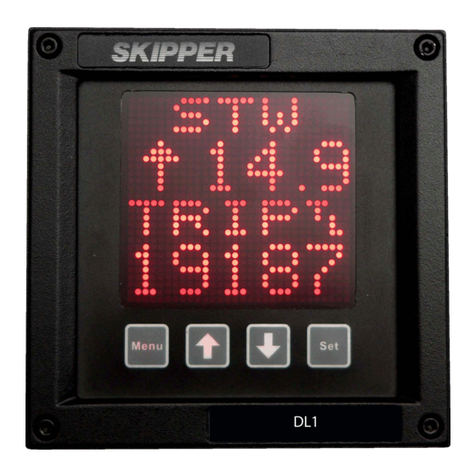
Skipper
Skipper DL1-Multi installation manual
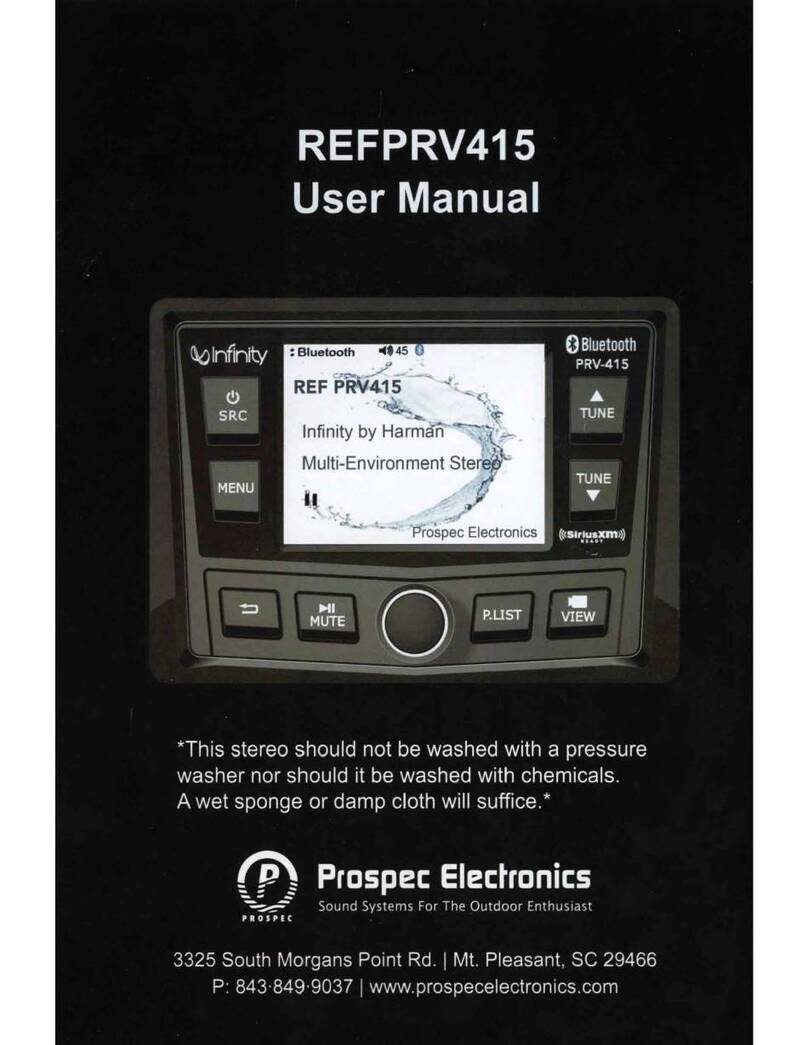
Harman
Harman Infinity REFPRV415 user manual

auto maskin
auto maskin Marine Pro 200E Series installation manual

FM Electronics
FM Electronics WSAB1 Installation and programming guide
